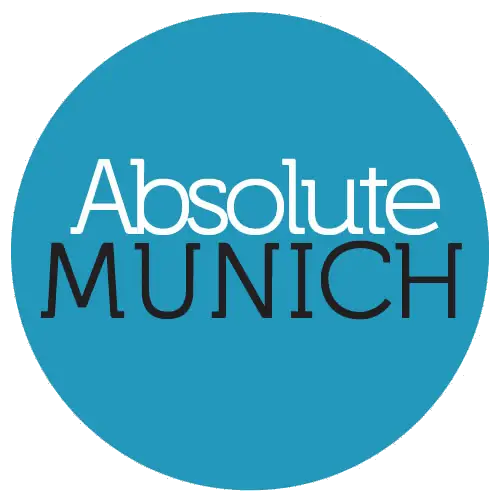Does Munich Have A Flag?
Yes, it does, and if you visit the Bavarian Capital you’ll notice the Black and Gold of the Munich Flag flying almost as prominently as the Blue and White of the Bavarian Flag throughout the city.
A few different variations of the city’s flag can be spotted flapping in the breeze about Munich, with many institutions favouring the large, tall style banners over the normal rectangular flag.
The official version of the Munich Flag is the Black and Gold Standard adorned with the Coat of Arms of the City of Munich, and will often be raised right alongside the Bavarian State flag, especially on Government buildings.
But how did the city’s flags come into existence, and what does it represent? Well, we aim to answer those burning questions and more within this very concise article.
Why Are There Two Styles of Munich Flags?
Much like the Bavarian Flag, the Munich Flag has two styles. There is the normal black and gold “striped” version, and then there is the patterned black and gold “lozenge” version.
A lozenge pattern is created by utilising geographical rhombus shapes that have four equal sides and angles of less than 90°. These lozenge patterned flags are distinctly Bavarian having evolved from the Coat of Arms of the powerful heraldic dynasty of the Wittelbasch family over 800 years ago.
What Does The Munich Flag represent?
As the “official” Munich Flag showcases a Boy Monk it stands to reason that the flag represents the heritage of the city. The German name for Munich (München), actually translates to be “of Monks”, and it’s that very symbol that has come to represent the city in the modern era.
The heraldic monk figure is noted as having been included on a Munich City Seal dating way back to the year 1304, and various versions of Munich City Flags since the middle of the 14th century have featured the city’s monk “mascot”.
Why Is The Munich Flag Black and Yellow?
There are a few theories on why the Munich Flag sports Black and Yellow colours, with the most likely being that the colours were adopted from the shades used by the Holy Roman Empire and specifically, the Imperial Banner used by none other than the Holy Roman Emperor himself.
This seems to make the most sense and is likely why untold numbers of State Flags throughout Europe also utilise the Black and Gold within the design of their respective flags.
Munich’s Coat of Arms also sports Black and Yellow within its colours of the Münchner Kindl (The Munich Child) which is a boy monk dressed in black and yellow. This symbol surely derived from Roman Catholocism surely.
Traditionally all the various territories in Germany and throughout the old “Holy Roman Empire” had set colors, but in reality, no actual flag designs. Thus simple bicolors or tricolors were utlised in the absence of any other flag design.
For the most part, those colors follow the heraldic rules of the local ruling family’s coat of arms, and as we know, in this part of Europe it was that all-powerful Wittelbasch Dynasty that had ruled for a Millenium.
Directly adjacent to Bavaria, the State of Baden-Württemberg also has a striped Black and Yellow flag as does the nearby country of Belgium, yet another of the European countries that follows the Roman Catholic faith.
The Flag of the House of Habsburg, and as a direct result the Flag of the Austrian Empire were also of Black and Yellow stripes, a coincidence perhaps? Maybe.
But again, in European Catholic regions, it’s likely the colours are derived from the Romans Imperial Standard.
The München Flag: A Final Word
There you have it, the most popular of the Munich Flags is the lozenge design because it highlights the very popular, and somewhat infamous character of the Bavarian statehood, and claims that Bavaria (as a state) has the deepest roots historically, in all of Germany.
Whatever the reason, we do love the fact that Bavarians are proud of their State Flag just as much as Müncheners are as proud of their City Flag.
If you know more about the Flag of Munich then we’d love to hear from you, so please reach out via our Contacts Page and leave us a message.
Cheers and thanks for reading about the Flagge der Stadt München (Flag of Munich) here on Absolute Munich!

